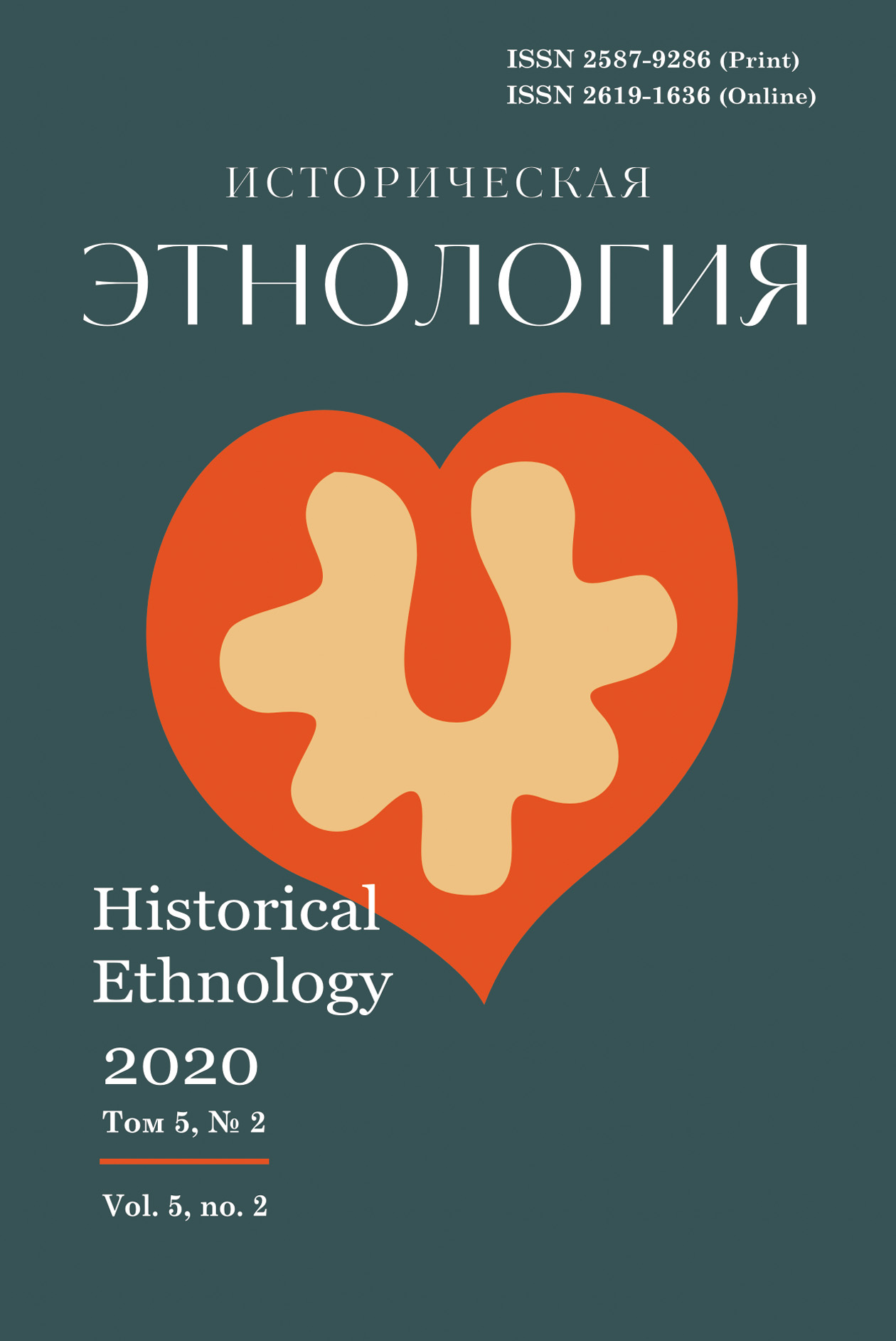
Main menu / 2020, vol.5, no.2 / Bekkin R.I.
Narratives on the Origin of the Institution of the Muftiate among Tatars in Soviet times Bekkin R.I.
225-242 p. doi.org: 10.22378/he.2020-5-2.225-242 The rationale behind the creation of the institution of the muftiate in 1788 in Ufa was that the state wanted to better control the spiritual life of Muslims in the Russian Empire and use it as a tool for implementing domestic and foreign policy. It seemed more convenient for the government to deal with an organized structure incorporated into the system of state-controlled institutions rather than with separate, non-institutionalized representatives of Muslims who relied mainly on their authority among faithful and did not need legitimation and support from the state (either financial or legal). A certain number of Muslim religious figures also did not initially accept this institution. However, by mid-nineteenth century the Muslim community came to the understanding that it needed the institution of the muftiate through which they could represent and defend their interests relative to the state and the Synodal Church as a governmental body. Moreover, the Tatars began viewing the spiritual assembly in Ufa as a national institution guarding Tatar national identity within the context of the Orthodox state. The Tatar population of the empire thus appropriated the muftiate, giving rise to the legend that the institution had historically existed among the Tatars long before they were conquered by the Russians. The first narratives that the muftiate existed in the Kazan Khanate and was destroyed after the conquest of Kazan in 1552 probably appeared at the end of the nineteenth century. In Soviet times, this point of view was widespread in the 1920–1930s. Later it was modified and subsequent aspects of the narrative emphasized some aspects of the history of the muftiate, and concealed others. But the main thesis that the muftiate is an important institution for preserving the spiritual culture of the Tatar people remained unchanged. These changes in the interpretation of its history became in many ways a reflection of the processes that took place in the system of Soviet muftiates and, above all, in the Central Spiritual Administration of Muslims in Ufa in Soviet times. This point of view contradicted the views of a number of Soviet historians (Lyutsian I. Klimovich, Arshaluis M. Arsharuni, Hadzhi Z. Gabidullin, Galimjan G. Ibragimov and others), who considered the muftiate an exclusively colonial institution imposed on Muslims and serving as an instrument of enslavement and oppression. Keywords: muftiate, the Orenburg Mohammedan Spiritual Assembly, Rizaeddin Fakhreddin, Faizrakhman Sattarov, Islam in the USSR For citation: Bekkin R.I. Narratives on the Origin of the Institution of the Muftiate among Tatars in Soviet times. Istoricheskaya etnologiya, 2020, vol. 5, no. 2, pp. 225–242. https://doi.org/10.22378/he.2020-5-2.225-242 SOURCES AND MATERIALS Amirkhanov Kh. Tavarikh-e Bulgaria [Bulgarian chronicles]. Moscow: Mardzhani Publ. house, 2010. (In tatar) REFERENCES Bekkin R.I. «Ukorotit’ khvost nezakonnykh religioznykh deyateley». Ob ideynoi evolyutsii vzglyadov Faizrakhmanova Sattarova na rol’ «ofitsial’nogo dukhovenstva» v religioznoy zhizni musul’man Rossii [“Dock the tail of illegal religious igures.” The ideological evolution of Faizrakhman Sattarov’s views on the role of ‘official clergy’ in the life of Russian Muslims]. Gosudarstvo, religiya, tserkov’ v Rossii i za rubechom, 2018, no. 4, pp. 277–323. (In Russian) About the author: Renat I. Bekkin is a Doctor Sc. (Economics), Ph.D. in Religious Studies, Cand. Sc. (Law), Professor of the Russian Academy of Sciences, Professor at the Institute of Oriental Studies at the Herzen State Pedagogical University of Russia (St. Petersburg, Russian Federation); Leading Research Fellow at the Institute for African Studies of the Russian Academy of Sciences (30/1 Spiridonovka St., Moscow 123001, Russian Federation); bekkin@mail.ru
Received September 27, 2020 Accepted for publication November 05, 2020 Published Online November 27, 2020 |
Istoricheskaya etnologiya Historical Ethnology
Scientific journal







